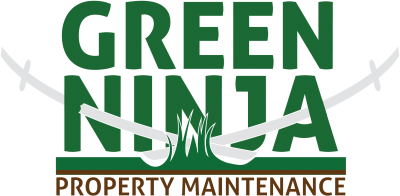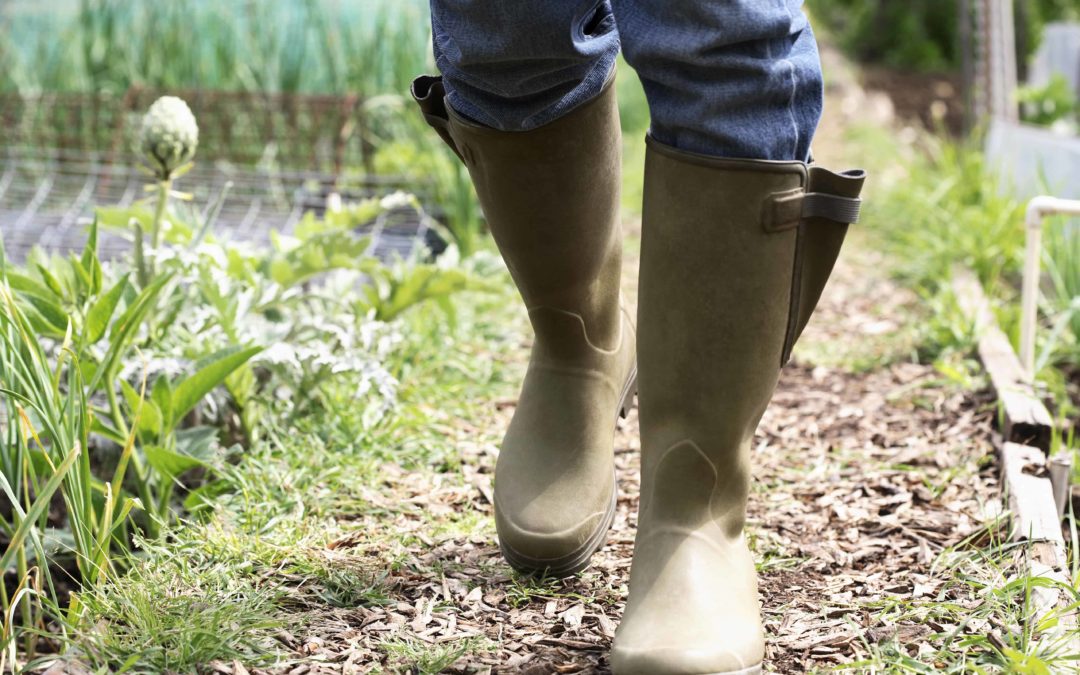After being cooped up all winter, you may have forgotten some landscaping and gardening basics. Don’t worry, it happens to most people every year! As a bit of a refresher, here are five landscaping mistakes you should definitely avoid this spring if you want your landscaping to look its best going into summer.
Mowing The Lawn Too Short
It’s natural to want to give your lawn a close shave the first time in spring, but it’s very bad for the grass. If you lower the blade height too much, you could create bald, dead spots, essentially scalping the lawn. Not only do these brown patches spread and look bad, but they are prime breeding spots for harmful insects.
Preventing this is really easy; just remember to adjust the mower’s height when taking it out of winter storage. For the first few cuts of the season, raise your blades so that you’re cutting only the top third of the grass. You can let the grass grow a bit before cutting it as the weather heats up, then begin lowering the blades.
Mixing Garden Types: Common Landscaping Mistakes
When laying down your gardens, don’t mix flowers with fruit and vegetables! We know you’re eager to get out and spend weekends in the flowerbeds, but make sure you have room for everything you want to plant. If you’re getting in on the “grow your own” trend, make sure to give enough soil for both flowers and produce. They have different needs, and some veggies can crowd out other plants, or require a lot of their own space.
Adding Too Much (Or Too Little) Fertilizer
Fertilizer in the spring gives your grass the nutrients they’ll be craving after being dormant all winter, but you need to find a delicate balance in this feeding. Too much fertilizer and you can burn the grass; too little, and your grass will be thin and spotty with shallow roots.
Start by purchasing the right fertilizer, and you can pick the best one by looking at the symbols on the bag. The N-P-K symbol stands for “Nitrogen – Phosphate – Potassium”, and the numbers indicate what percentage of each is in that particular fertilizer. A good spring fertilizer should have a formula close to 20-5-10, or 20% nitrogen, 5% phosphate, and 10% potassium.
Fertilizer also has to be laid down properly, so make sure to use a spreader to evenly distribute the fertilizer on your lawn. If there are hard-to-access parts of your property, get at them with a hand spreader.
High-Maintenance Plants
Be careful about what you plant, especially in spring. For many flowers, spring is too late for planting; planting seeds and bulbs is, ironically enough, better spent in the fall! Of course, you can plant healthy, grown flowers in the spring from your local garden centre, but just make sure you know what you’re getting into! Many flowers, especially if they aren’t native, will need a lot of TLC.
Not Watering Enough
Nature takes care of a lot of your watering in springtime, but don’t count on it to do everything. Keeping everything growing properly, from your lawn to the shrubs to the flowers, requires proper watering. So depending on the rainfall, try and get everything watered two to three times a week. If there are parts that don’t get enough rain due to tree cover or other obstacles, make sure to target them specifically! Contact the Green Ninja to avoid more landscaping mistakes.


Recent Comments